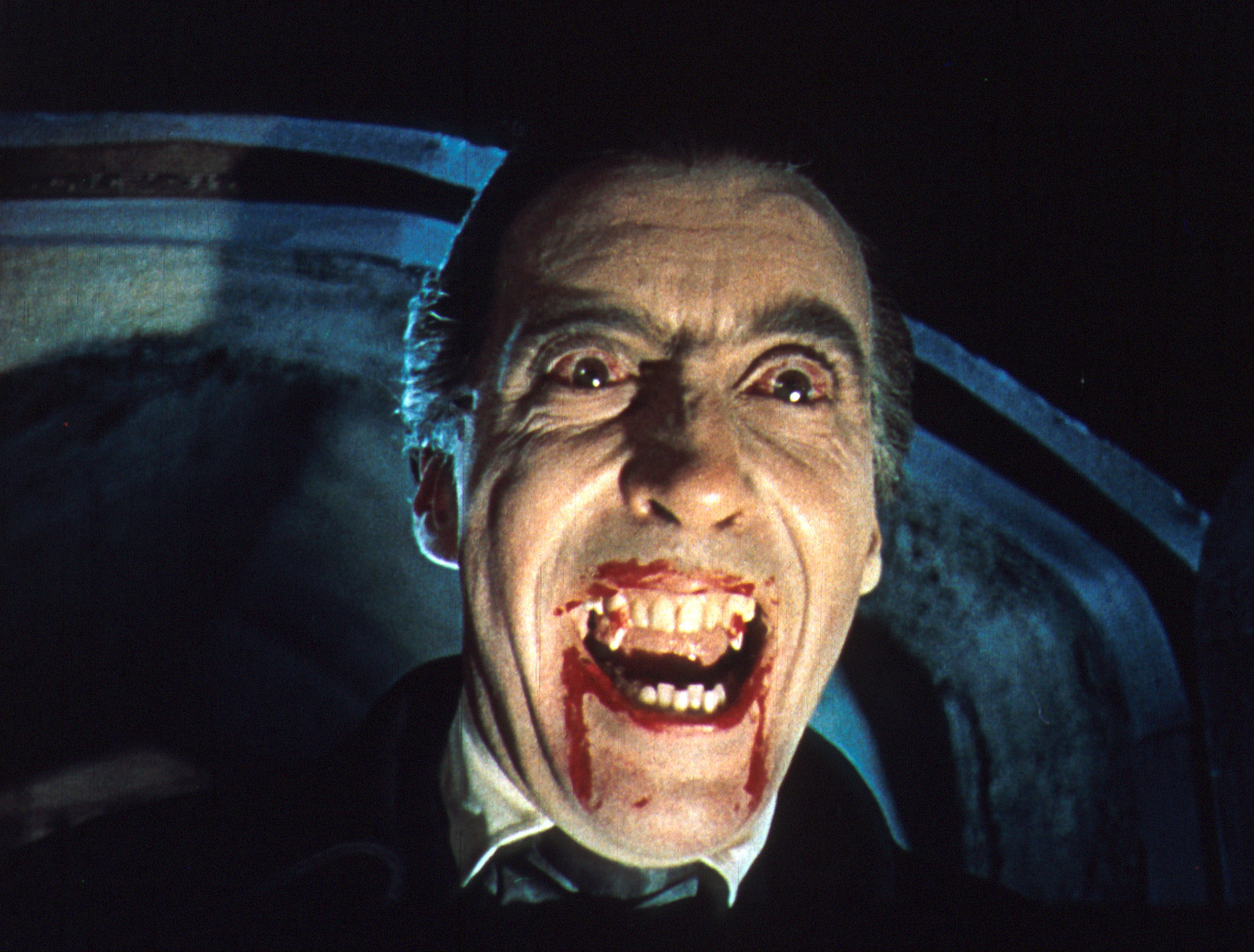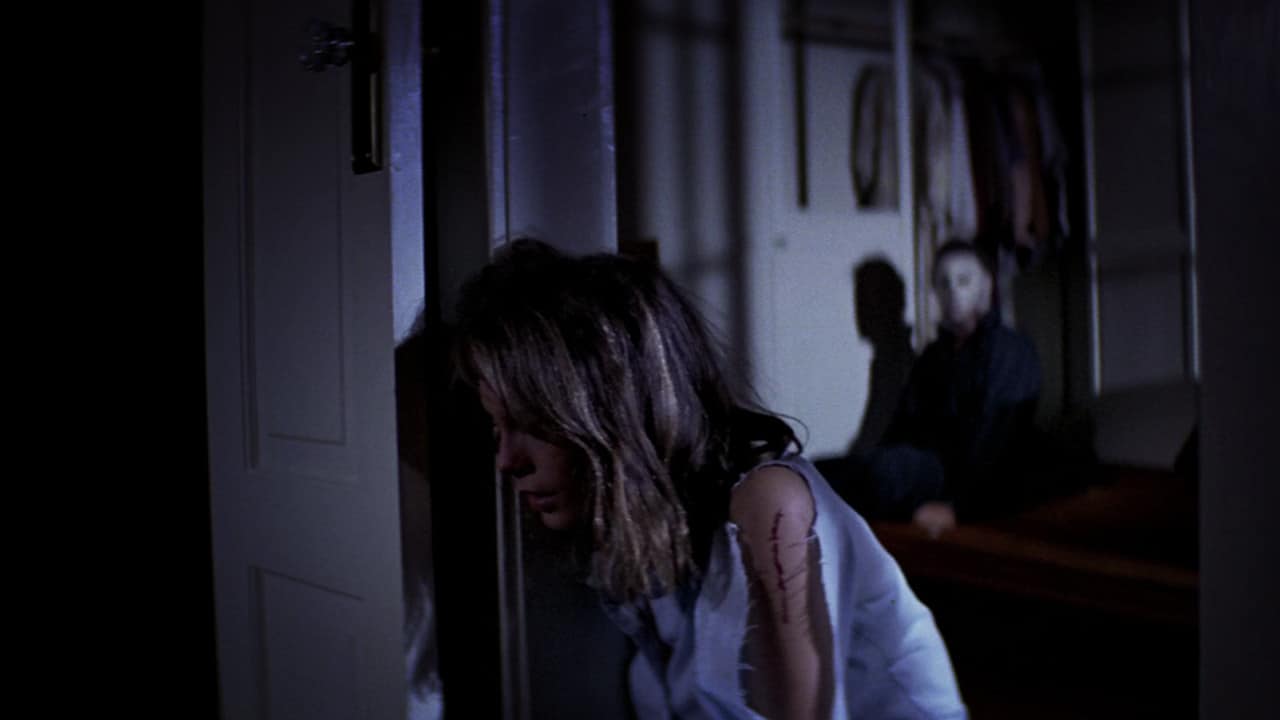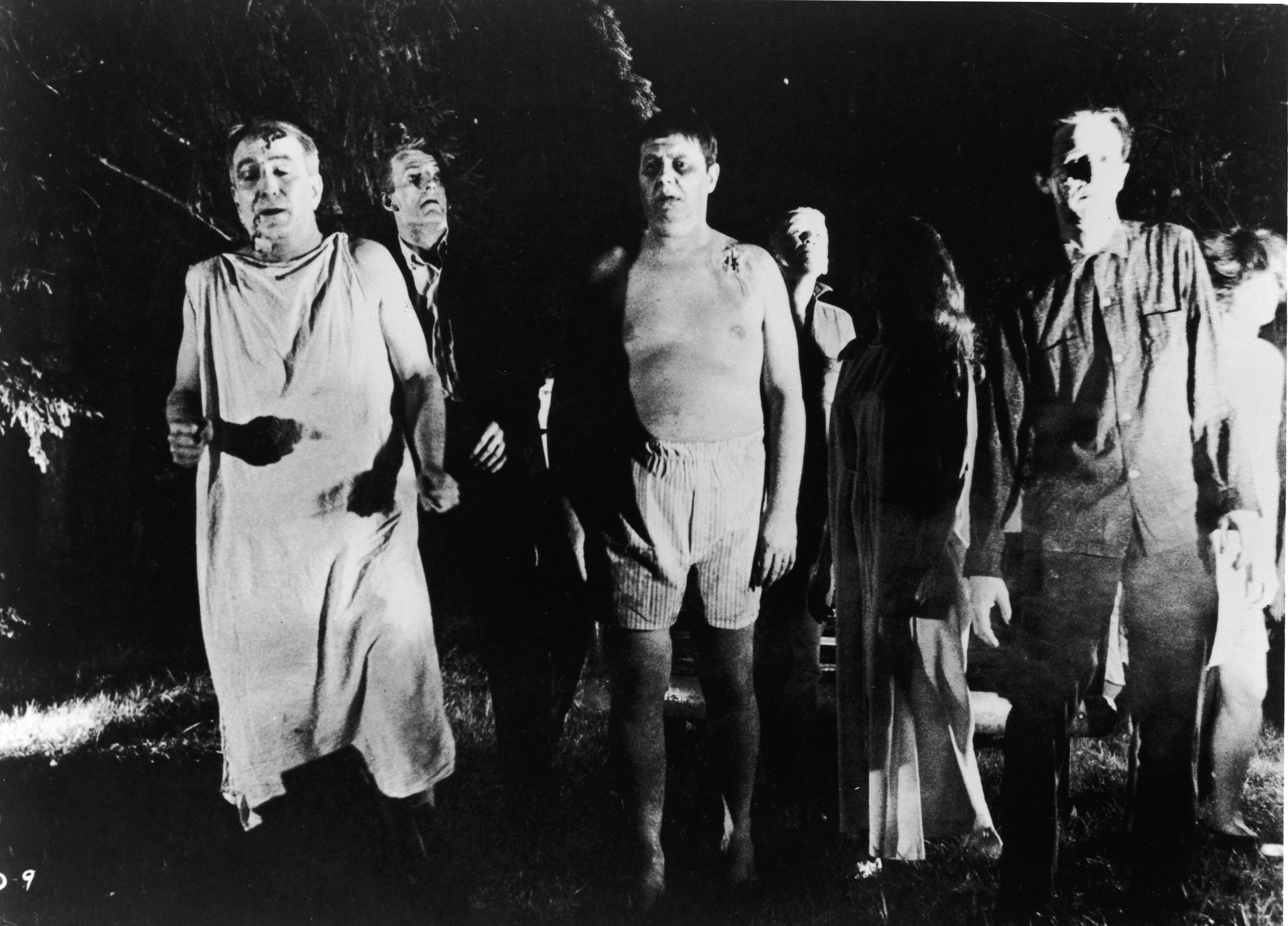Every once in a while there is a film, a film that stands out among the rest, a film that can have a profound impact on the viewer and even help to shape a genre. Films like these have gone down in cinematic history for being extremely influential to their genre, to fellow filmmakers and even to fans, they hold a special place in history and in the hearts of many cinemagoers. Horror is one of my favourite genres and over the years there have been countless horror films that not only influenced the genre, but cinema itself. Groundbreaking films that pushed boundaries and paved the way for films in the future. So without further ado I present to you my pick for the top 10 most influential horror films of all time, I must stress this is not a list of the scariest films ever, but horror films that helped to shape the genre over the years and that I find to be influential.
10. Scream (Wes Craven, 1996)

Wes Craven had already become an established horror filmmaker by the nineties, known for the likes of A Nightmare on Elm Street and The Hills Have Eyes Craven was a big name in horror cinema. The 80's had seen a large number of slasher films released across the decade but after the transition into the nineties the subgenre had apparently died out. Then came along Mr. Craven with his 1996 meta-horror Scream, a film which I feel brought the slasher film into the modern age. The film was a tongue in cheek look at slasher films, it almost dissected the genre by pointing out the general formula and 'rules' to slasher movies. I feel like Scream made the horror genre very self-aware, it showed that it was possible to poke fun at the conventions of horror cinema without being a full blown comedy, yes despite being a bit of a parody at heart, Scream was still pretty thrilling. It helped to revive teen slasher films for a new generation, being followed by similar films such as I Know What You Did Last Summer while also inspiring more tongue in cheek horror flicks such as Bride of Chucky.
9. The Texas Chainsaw Massacre (Tobe Hooper, 1974)

Working with a low budget in filmmaking can either go one way or the other, one way being horribly and the other being surprisingly refreshing. The Texas Chainsaw Massacre falls into the latter category, filming on a budget of under $30,000 Tobe Hooper managed to bring us one of the most controversial and refreshing horror films of its time. The film was highly criticized for its violent and unsavory content such as cannibalism and torture, by today's standards the violence is pretty minimal but that does not make it any less shocking. The film is a heart-racing thrill ride from start to finish and its grimy aesthetic makes it all the more unnerving, Hooper showed us that even with a minimal budget one can still deliver a truly shocking film. Along with Hooper making the most of his budget, the film is a prime example of the intersection of horror and the arthouse, it is an indie masterpiece that is as beautifully shot as it is exhilarating. The film is not only influential to the horror genre but to indie filmmakers everywhere.
8. Alien (Ridley Scott, 1979)

In 1979, Ridley Scott gave us what is perhaps the most terrifying sci-fi film of all time, Alien. It took a well known formula of a crew fending off an alien creature aboard their spaceship but used heavy elements of horror to create a truly nail biting experience. The film plays on the themes of isolation and the uncertainty of space as we follow Ellen Ripley (Sigourney Weaver) as she fights for her life against the deadly Xenomorph, never had space seemed so horrifying until this film. It is known for being one of the many horror films to have a strong female lead, Weavers performance as Ripley is phenomenal and has gone on to influence countless action heroines of today. Alien is quite possibly one of the most suspenseful horror films ever and I have yet to see something that truly matches its levels of intensity (The Thing and The Witch have come extremely close), not only that but it spawned a number of sequels, spin-offs and other media making it one of the most successful horror franchises ever. Alien is what helped to incorporate sci-fi into the horror genre without being too corny or camp.
7. Dracula (Terence Fisher, 1958)

Speaking of corny and campy sci-fi, those are the types of films that began to dominate the big screens in the 1950's, the atomic age was in and the days of gothic horror seemed to be long gone. That was until Hammer's first gothic horror production, Terence Fisher's Dracula. Now don't get me wrong, for me Bela Lugosi is the definitive Count Dracula, but if it wasn't for this film and Christopher Lee's performance as the eponymous count then gothic horror films may have been dead for quite some time. The film was the first to use Dracula's now signature hiss along with giving him that terrifying, animalistic appearance that we have grown so accustomed to, along with that it was released in full colour allowing for a lot more bloodshed than previous vampire films. Terence Fishers Dracula managed to revive gothic horror cinema in a more bloodier way than ever and it set the bar for future Hammer horror films along with other films of a similar nature.
6. Halloween (John Carpenter, 1978)

Earlier I mentioned how Scream managed to revive the slasher genre, now we come to the spark that set off the explosion of slashers in the first place. Much like The Texas Chainsaw Massacre, Halloween was a low budget production, however it managed to defy all odds and go on to be one of horror cinemas most suspenseful slasher flicks. From its iconic soundtrack by director John Carpenter to some truly tense sequences, the film had audiences hearts racing without being a big-budget blockbuster and went on to spawn a number of sequels. Above all else, Halloween is essentially the beginning of the slasher boom in the following decade, it is not the first slasher film but it is one of the most influential as after its release a wide variety of films with a similar structure and formula went into production. Halloween is truly a milestone in the history of horror.
5. Frankenstein (James Whale, 1931)

After the success of their first talkie horror production Dracula, Universal Studios quickly followed it up with an adaptation of Mary Shelley's gothic horror novel Frankenstein. What is most notable about this film is its production design, taking inspiration from German expressionist films such as The Cabinet of Dr. Caligari while putting a unique spin on it. This is what set the bar for the aesthetic of gothic horror films, the sinister looking castles, exaggerated sets and gigantic laboratories are all things that can be found in this film and have appeared in countless films since. It does take heavy inspiration from German expressionist films but it develops that into something that was fresh and new, something that really suited the tone of the story well. Plus, Frankenstein is what gave us the horror icon Boris Karloff, a man who's career in horror spans over 30 years. This was horror genesis.
4. The Exorcist (William Friedkin, 1973)

When you look at lists about the scariest films of all time The Exorcist usually lies in the top spot, personally it never really scared me but one cannot deny its profound influence on horror cinema. What is most important about this film is that it really pushed the boundaries of what can be shown in a mainstream film, it was packed to the brim with some truly shocking and gut wrenching sequences such as the headspin and the chilling spider walk. It thoroughly shocked audiences at the time and had to be heavily cut upon its release, its visuals were not the only controversial thing about The Exorcist however, its subject matter regarding religion and losing faith also met a fair amount of controversy. The film is one of the first mainstream horror films that really took a risk, one that pushed boundaries as far as it could to create something truly scary. The film is even more relevant now due to the extreme popularity of demonic possession films, each one having some nod to The Exorcist in them.
3. A Bay of Blood (Mario Bava, 1971)

For many, slasher films are very much an American thing, but their roots in Italian giallo films are undeniable and A Bay of Blood is the perfect example of this. The unseen killer taking out unsuspecting teenagers one at a time as they indulge in various types of debauchery is a formula that has become all too familiar, one that Bava used in A Bay of Blood way before slashers became so popular in America. It is often considered to be Bava's most violent films and it does contain a fair amount of blood and gore for its time, this aspect was highly influential on the American slashers of the following decade. One of the films death scenes involving the impalement of a man and a woman was even directly imitated in Friday the 13th: Part 2 10 years later. It is a bit of an obscure one compared to some of the films on this list which is a shame because A Bay of Blood (or Twitch of the Death Nerve or whatever one of its various titles you choose to call it) is without a doubt one of the biggest influences on the slasher genre, predating the likes of Halloween and The Texas Chainsaw Massacre.
2. Psycho (Alfred Hitchcock, 1960)

One important film that did predate A Bay of Blood, however and one of the first slasher films is Alfred Hitchcock's iconic film Psycho. Based on the novel by Robert Bloch, who was a good friend of horror writer H.P. Lovecraft, the film was a highly ambitious production for its time due to its shocking nature and controversial subject matter. Even by today's standards Psycho is still a shocking piece of cinema, it is a film that is not afraid to take risks and even after 56 years it has not become dated. It is immensely suspenseful, suspense being Hitchcock's forte after all, and highly unpredictable, this is a film that was way ahead of its time. A combination of Hitchcock's directorial skills and Bernard Herrmann's string-heavy score is what made this film so nail-bitingly intense, along with a brilliant performance from Anthony Perkins as Norman Bates, the film has not only inspired countless slasher films but also a variety of films from a variety of genres. Psycho is a very important film.
1. Night of the Living Dead (George A. Romero, 1968)

This film is the real gamechanger for zombie films, before Night of the Living Dead zombies were merely mindless humans under the control of some sinister voodoo priest, they were not the flesh eating monsters we all know and love today. Then along came George Romero and all of a sudden zombies were these terrifying monsters who posed a real threat despite being so slow moving, without this film there would probably be no Zombieland or The Walking Dead. Along with giving birth to what we now consider to be zombies, the film is also extremely culturally significant mainly due to the male lead being an African American man which was a brave move at the time, Duane Jones' performance has since become iconic. It also sparked this sense of nihilism linked with horror cinema in a way that by the time the film ends and the threat has been overcome, our heroes may not get the ending they hoped for. Night of the Living Dead truly helped to develop horror cinema, it gave us the modern zombie, it took many risks both in its casting and story and it definitely raised the bar for horror cinema. It is without a doubt the most significant horror film of the 20th century.
So those are the top ten horror films that I feel have really influenced the genre and helped to develop it into what it is today. Without these films things may have been entirely different, these films took risks, the people behind them took risks, they pushed the boundaries of cinema and in turn allowed future filmmakers to do the same. They are truly films that are culturally significant.
No comments:
Post a Comment